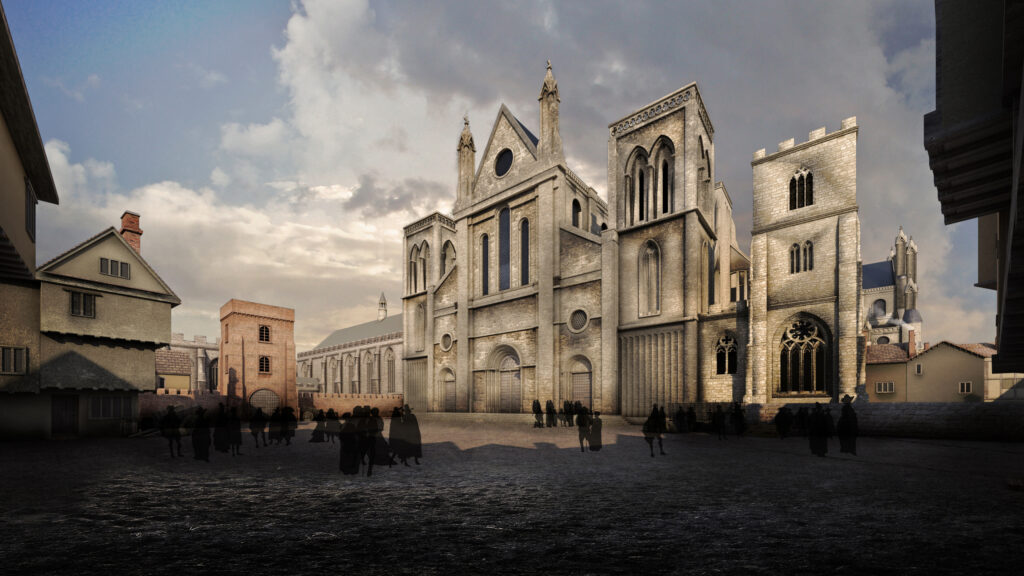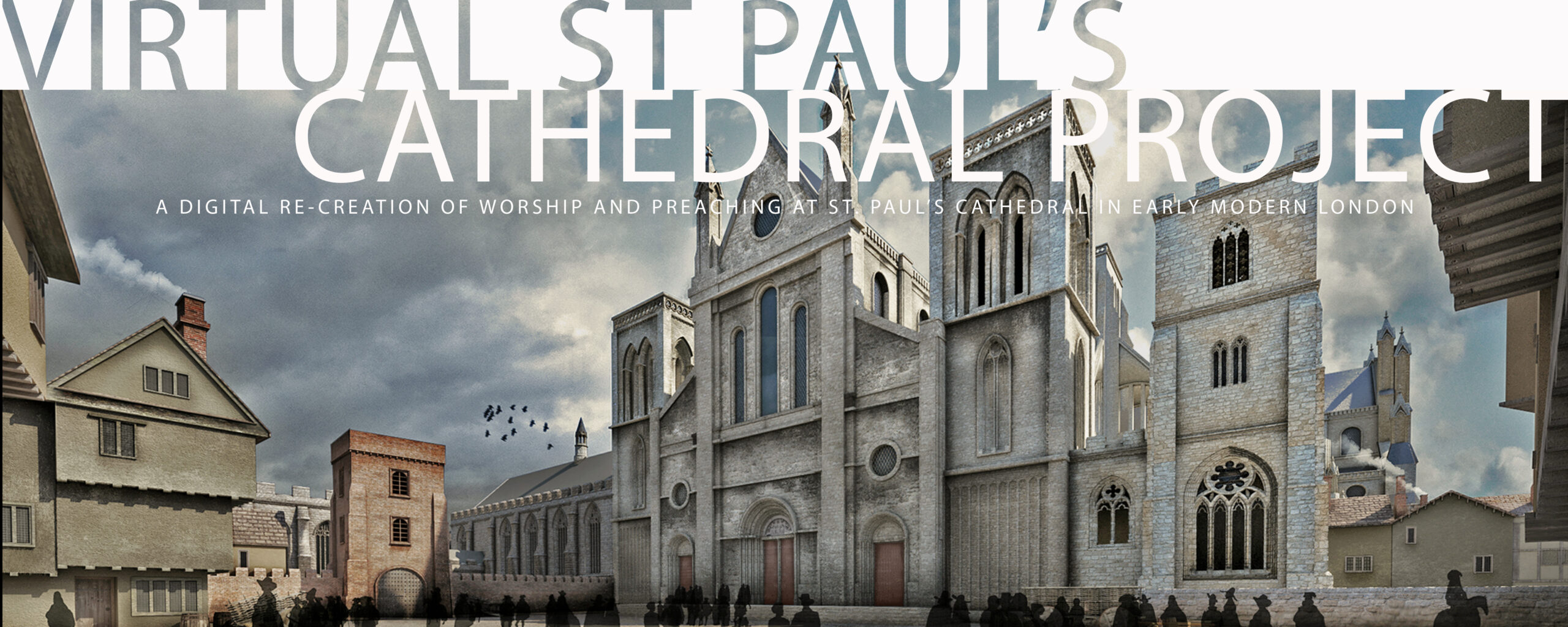
Your response to the Virtual St Paul’s Cathedral Project is welcomed and encouraged. We welcome corrections, objections, and counter-arguments as well as affirmation, celebration, and appreciation.
We especially appreciate suggestions for improvement and notices of things that need fixing or correction. This Project has been in progress for many years and has had many different people involved with it. We recognize that over time standards of depiction have changed and not everything has been retrofitted to the new standards. We recognize that there are omissions or inconsistencies. We recognize that this website is at best a Beta version of the site we eventually hope to have.
But we are keeping a running list of things that, in hindsight, need to be corrected, oversights that need fixing, and omissions that need supplying. Please help us add to the list!
So, please send comments, observations, objections, omissions, and corrections to the Principal Investigators:
Currently, among the elements of our model that need fixing are the following:
- In the images of St Paul’s West Front, the color of the doors varies from off-white to the appropriate shade of brown.
- There are flat surfaces on the outside of the Cathedral that appear as dark grey in most of our images but that should simply be stone-colored.
- We discuss on this website our process for coming up with the design of all the buildings in the Visual Model. At one point, we had the goal of finding a way to indicate in the Visual Model when details about the model were based on hard data, when they reflected our choice between conflicting data, when they were based on historic data or practice not directly drawn from the St Paul’s database, when they were based on generic examples of specific kinds of structures rather than the historical data about a specific building, or when they were inferred from fragmentary data, like our design for the Cathedral’s West Front. Some of this information is presented on this website, but we ran out of time and money before we met the goal of making it available directly from the models themselves, as well as only from the text that accompanies the models.
- In the audio files developed from the Acoustic Model, we recognize in retrospect that in some of the choral pieces the organ is too loud, unhistorically too loud, so that it at least partially obscures the singers. Richard Pinel, the Choirmaster at Jesus College, reminds us that one should be “able to clearly hear the words,” with the organ “gently supporting in the background.”
- Also, in the process of editing the audio tracks, the setting of Te Deum by Thomas Tallis was used twice, both at Easter Matins and at Advent Matins, rather than the setting by Orlando Gibbons that was intended for Easter Matins.
On the historical content of the Project, including Donne, religious life of early modern England, and staging of worship, contact
On the visual model, including the design of buildings, the techniques for visual modeling, and the technologies of display, contact
On the acoustic model, including techniques of auralization, the behavior of sound, and the use of the iPack Simpa program, contact
